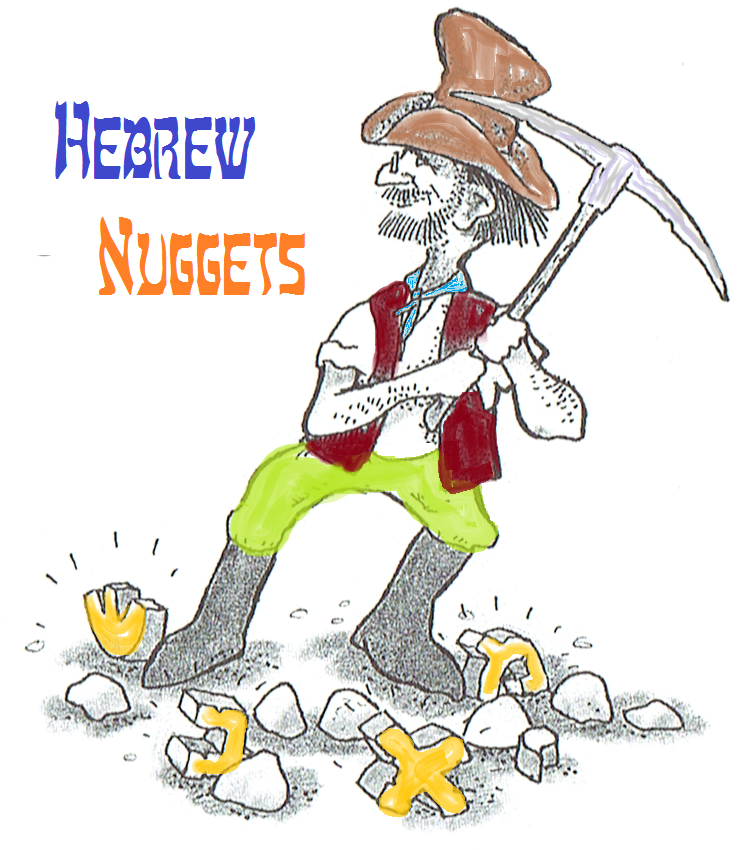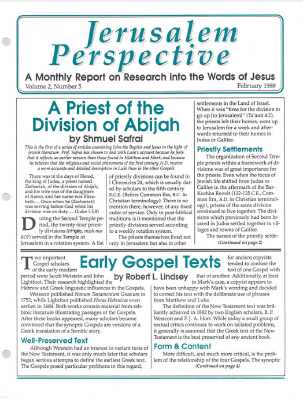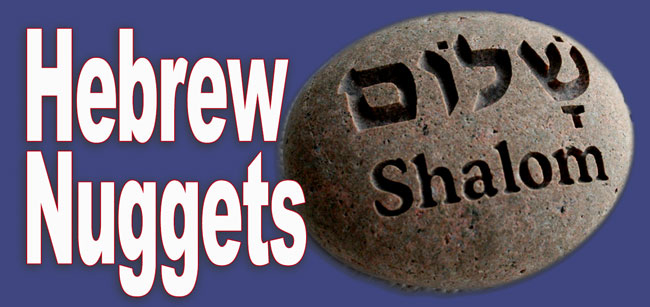Hebrew Nuggets is an article series that introduces beginners to Hebrew letters, Hebrew vocabulary and spiritual insights from the Hebrew tradition.
Revised: 1-Oct.-2015
 The letter vav does yeoman service in the Hebrew language. It is the sixth letter of the Hebrew alphabet, and also the Hebrew word for “and.” In previous lessons we have seen vav as a vowel: a dotted vav (וֹ), called ḥo·LAM, is pronounced “o” as in the word “note,” and a vav with a dot to its left (וּ), called shu·RUK, is pronounced “u” as in “flu.” Primarily, however, vav is a consonant, the Hebrew “v” sound.
The letter vav does yeoman service in the Hebrew language. It is the sixth letter of the Hebrew alphabet, and also the Hebrew word for “and.” In previous lessons we have seen vav as a vowel: a dotted vav (וֹ), called ḥo·LAM, is pronounced “o” as in the word “note,” and a vav with a dot to its left (וּ), called shu·RUK, is pronounced “u” as in “flu.” Primarily, however, vav is a consonant, the Hebrew “v” sound.
As we saw in Lesson 3, Hebrew vowels are not a formal part of the alphabet and were not written until the sixth century C.E. In a text with no vowel signs, one distinguishes between a vav that has the “v” sound and a vav that is pronounced “o” or “u” solely from the context in which it occurs.
Vav also is one of the many Hebrew letters that are words in their own right. Such a word does not stand alone like the English word “a,” but is attached to the word that follows. Vav usually is translated in English as “and,” but, as we will see, this is not always an accurate translation.
Paid Content
Premium Members and Friends of JP must be logged in to access this content: Login
If you do not have a paid subscription, please consider registering as a Premium Member starting at $10/month (paid monthly) or only $5/month (paid annually): Register
One Time Purchase Rather Than Membership
Rather than purchasing a membership subscription, you may purchase access to this single page for $1.99 USD. To purchase access we strongly encourage users to first register for a free account with JP (Register), which will make the process of accessing your purchase much simpler. Once you have registered you may login and purchase access to this page at this link:
































































































